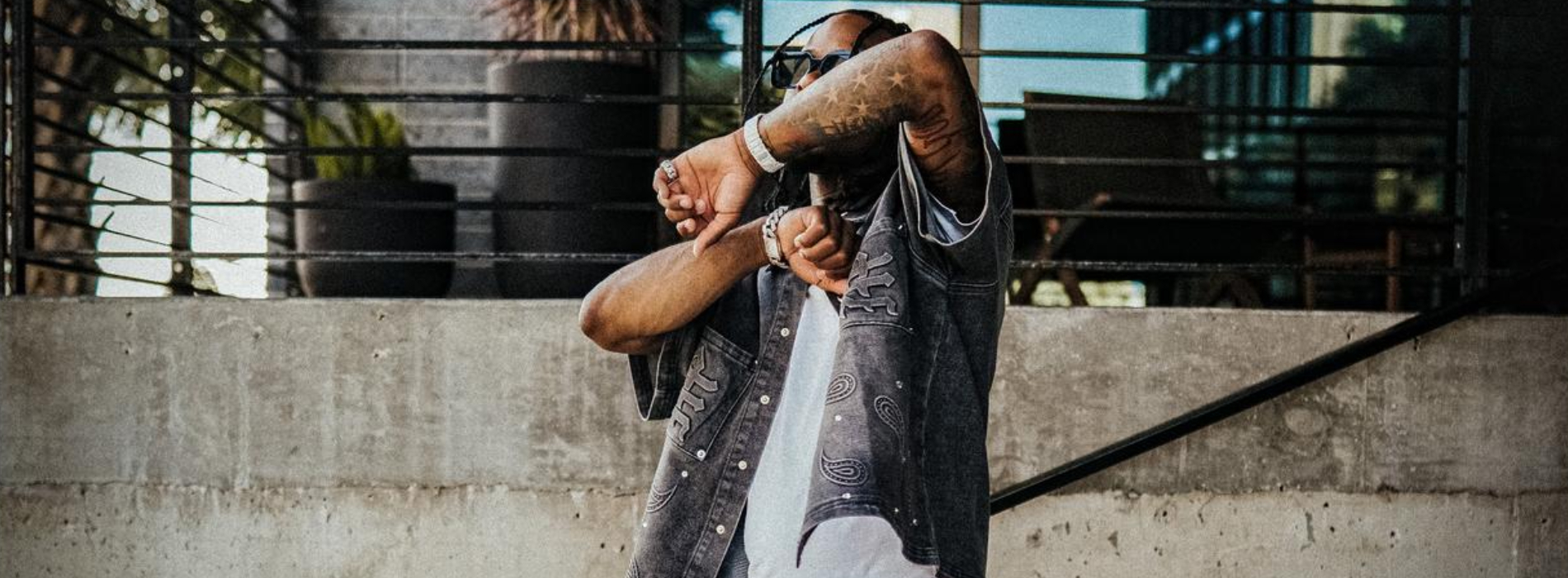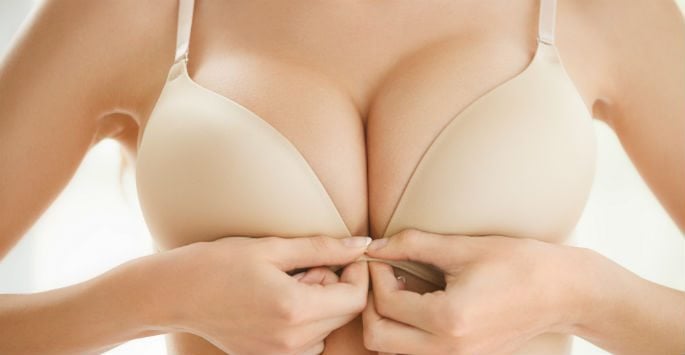In a world where fashion often focuses on trends and appearances, the idea of an emotional closet shifts the conversation toward something deeper—self-expression through emotion-driven style. An emotional closet is more than a wardrobe; it’s a personal collection of clothes that reflect your inner state, mood, memories, and values. It includes the pieces that comfort you, inspire you, and tell your story. From cozy hoodies worn during difficult days to bold statement shirts that mark personal victories, your emotional closet becomes a mirror of who you are—layered, complex, and authentic.
Clothing as Emotional Armor
Every piece in your emotional closet serves a purpose beyond aesthetics. Some items feel like a shield, offering protection and confidence during moments of vulnerability. That oversized hoodie you reach for when you’re overwhelmed? That’s your armor. Those boots you wear to feel powerful? That’s your battle gear. Mixed Emotions Shirt gives us tools to face the world by embodying the emotions we need to channel—whether it’s strength, comfort, courage, or calmness. In this sense, fashion becomes emotional empowerment, helping us cope, communicate, and connect through what we wear.
Sentimental Pieces: The Stories We Keep
An emotional closet is often filled with sentimental clothing—pieces tied to meaningful memories or relationships. It could be a band tee from your first concert, a scarf gifted by a loved one, or jeans that carried you through a tough phase of life. These garments hold emotional value far beyond price tags. They’re worn less for style and more for connection—to people, to places, and to parts of ourselves we don’t want to forget. They become wearable memories, each with a story, a feeling, and a reason for still being in the closet.
Dressing for Mood: The Language of Clothing
Our clothing choices are often influenced by how we feel. On low-energy days, we might gravitate toward soft, oversized pieces. When we feel confident or inspired, we might wear bold prints, fitted cuts, or vivid colors. The emotional closet responds to this ebb and flow of feeling, offering options that match our inner world. It allows for dynamic self-expression. You can dress to reflect your emotions—or intentionally dress to shift them. Wearing your brightest outfit on a gloomy day can act like a mental reset, while dressing in darker tones might give space for quiet reflection.
Emotional Fashion Brands: Designing with Depth
In recent years, streetwear and independent fashion labels have begun embracing emotional design. Brands like Mixed Emotions Clothing, Emotional World, and others are creating garments that speak directly to human experience. They feature messages like “Feel Everything,” “Vulnerability is Strength,” or “Handle with Care.” These brands turn clothing into emotional dialogue—something that resonates especially with Gen Z and Millennials. The emotional closet welcomes these pieces because they carry both style and substance. They validate emotional complexity in a culture that increasingly values authenticity over perfection.
The Therapeutic Power of Curating Your Closet
Building your emotional closet can be a therapeutic experience. It encourages mindfulness about what you keep, what you wear, and why. Ask yourself: Does this item make me feel something? Does it support who I am today? Letting go of clothes that carry negative energy, guilt, or outdated versions of yourself can feel liberating. On the other hand, keeping clothes that represent joy, resilience, and healing creates a positive emotional wardrobe. This act of curation isn’t just about tidying up—it’s about reclaiming space for emotional growth and personal alignment through fashion.
Emotional Closet in Everyday Life: A Tool for Self-Awareness
Your emotional closet isn’t just about what’s in your wardrobe—it’s a daily tool for checking in with yourself. It gives you the ability to say, “What do I need to feel today?” and then dress accordingly. It’s also a form of non-verbal communication. The world can read your shirt that says “Overthinking Club” or your hoodie with “Healing in Progress,” and relate to you on an emotional level. This way, your closet becomes a part of your mental wellness routine, not just your fashion routine. In everyday life, the emotional closet can help you feel more seen, more in control, and more connected.







0 Comments